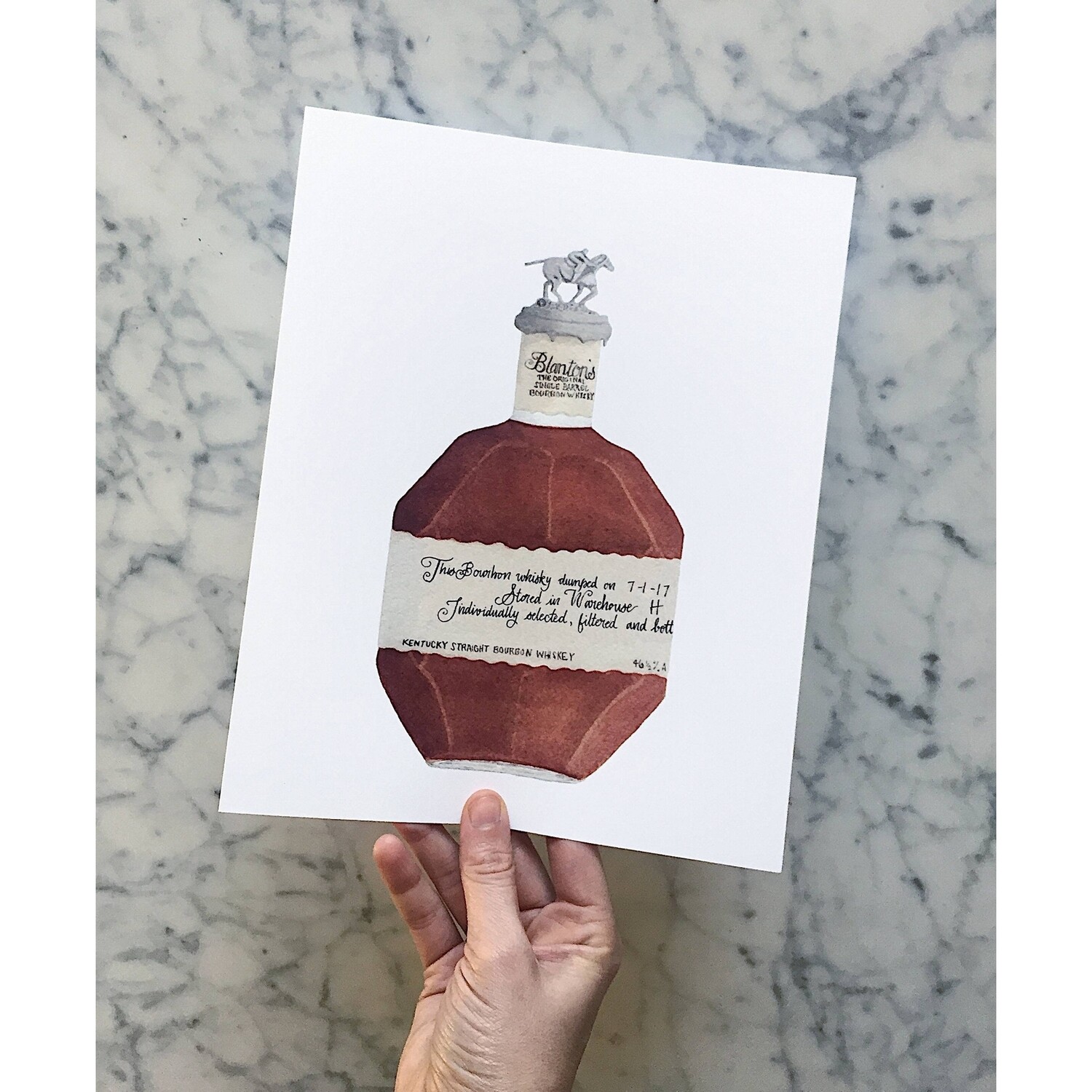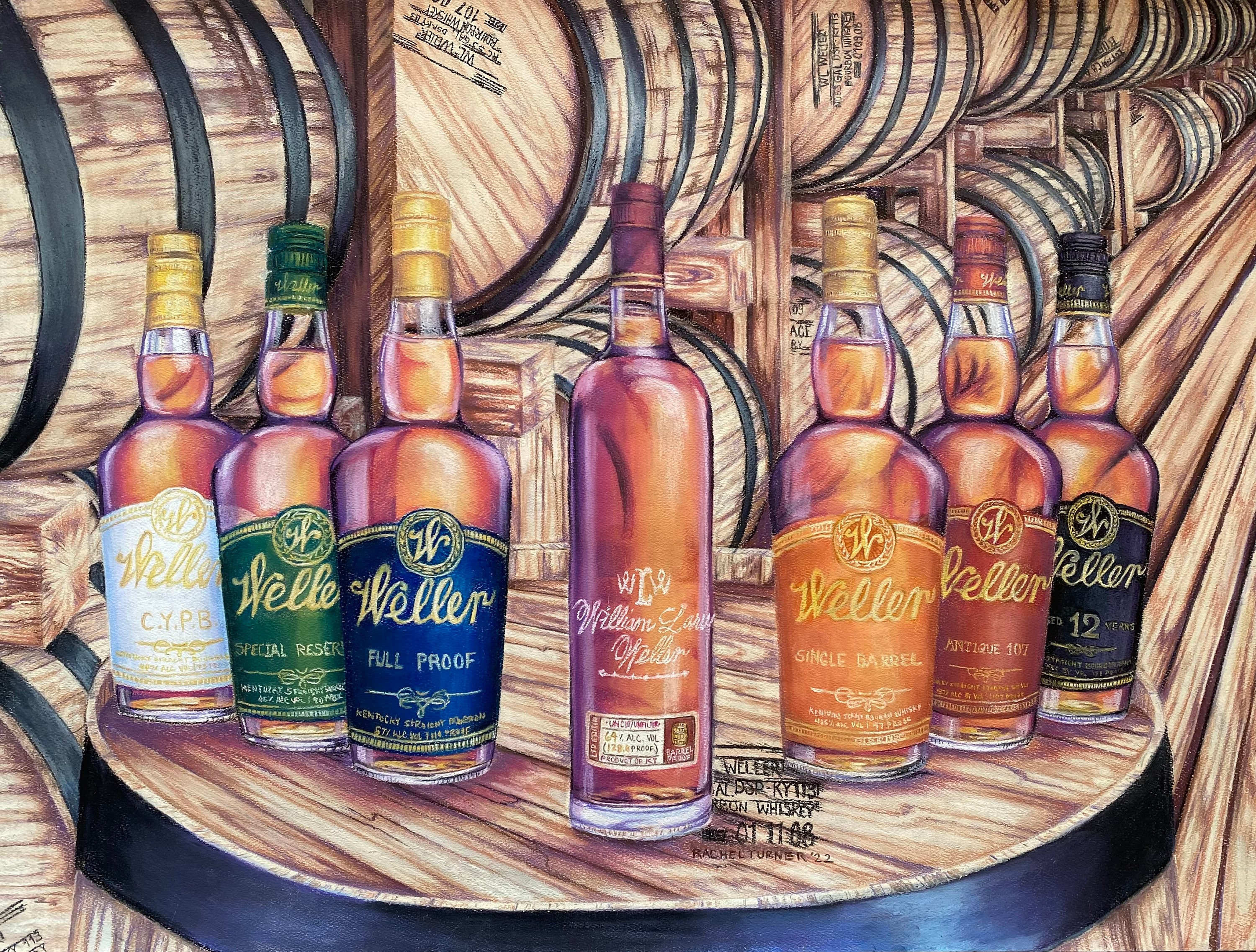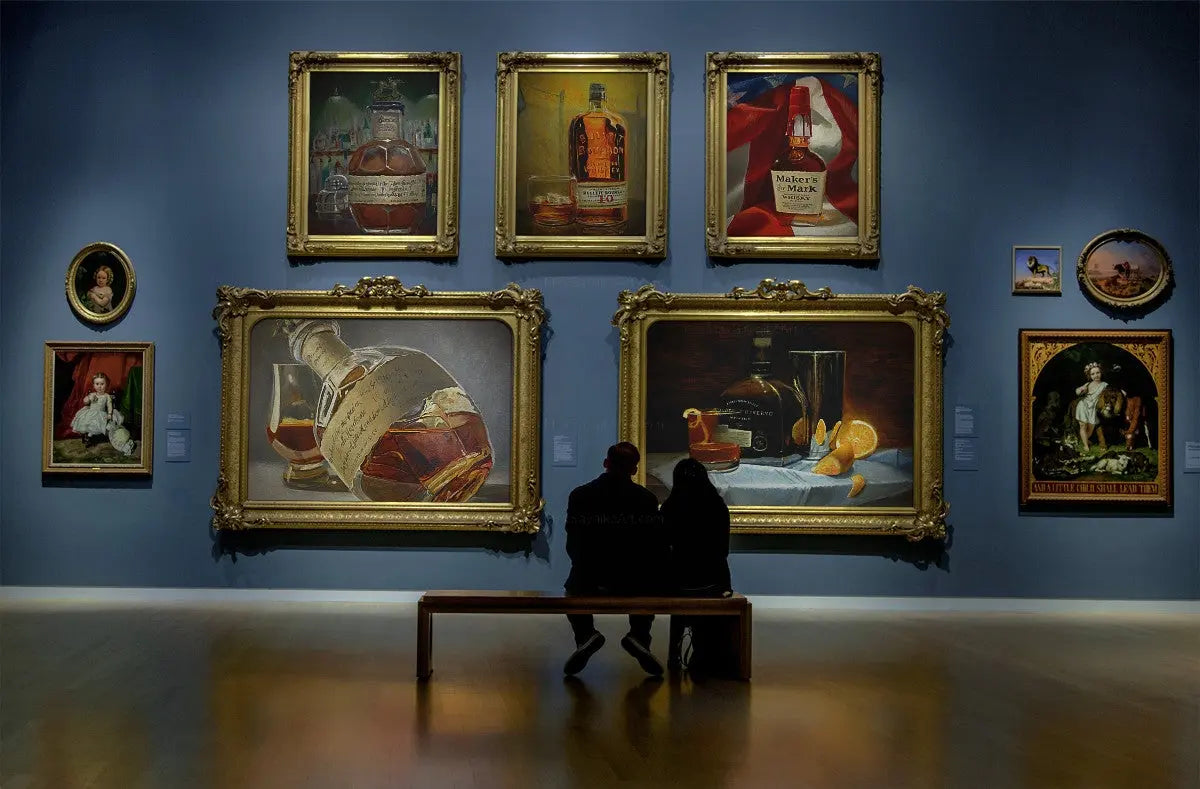Unveiling the Beauty of Bourbon Art: A Homage to Craft Distillers
Unveiling the Beauty of Bourbon Art: A Homage to Craft Distillers
Blog Article
The Relevance of Whiskey Art in Celebrating Heritage and Craftsmanship in the Beverage Sector
The elaborate partnership between whiskey art and the celebration of heritage and workmanship within the beverage market can not be overstated. With thoughtfully designed bottles and labels, whiskey brands encapsulate their historical roots and the artisanal skills that define their production techniques.
The Historical Origins of Whiskey
At the heart of whiskey's appeal exists a rich tapestry of historical roots that map back to ancient civilizations. The origins of scotch can be connected to the distillation techniques of the Sumerians and Babylonians around 2000 BCE, where early forms of fermented grain drinks began to emerge. It was in the Middle Ages that the art of purification developed significantly, especially in Ireland and Scotland, leading to the creation of bourbon as we recognize it today.
The term "scotch" itself derives from the Gaelic word "uisce beatha," implying "water of life." This phrase highlights the social value of scotch in Celtic societies, where it was frequently associated with routines, events, and common bonding. By the 15th century, purification came to be an identified craft within reclusive communities, paving the method for the establishment of legal distilleries.
As profession routes expanded, scotch's appeal expanded, going beyond local borders and recording the interest of connoisseurs worldwide. Bourbon Art. This historical journey shows not only the craftsmanship behind whiskey manufacturing yet likewise its important duty in social and social contexts, marking it as a substantial beverage throughout background
Artistic Expression in Branding
Whiskey branding stands as a compelling intersection of artistry and business, where visual identity plays an important role in forming consumer understanding. The looks of whiskey tags, packaging, and marketing materials mirror not only the brand's story yet likewise its core values and heritage. With creative expression, distilleries communicate a narrative that reverberates with customers, stimulating emotions and stimulating links.
The use of color, typography, and imagery in branding serves to set apart products in a saturated market. Standard motifs may evoke a sense of credibility and craftsmanship, while contemporary designs can symbolize technology and forward-thinking. This tactical imaginative direction improves brand name acknowledgment and commitment, enabling consumers to forge an individual connection with the scotch they select.
Furthermore, creative expression in branding usually works as a party of regional heritage. Distilleries frequently incorporate regional signs or historic references right into their layouts, developing a local color that welcomes consumers to take part in a more comprehensive cultural experience. Ultimately, the artistry behind whiskey branding not only improves visual charm yet additionally enriches the overall narrative of the brand name, cultivating a much deeper gratitude for the workmanship and heritage ingrained in each bottle.
Workmanship in Container Design
The virtuosity noticeable in bourbon branding expands beyond visual identification to include the workmanship associated with bottle style. Each bottle functions as a vessel not simply for the spirit within, however likewise for the tale it outlines its tradition, top quality, and beginning. The design process requires meticulous interest to detail, as components such as form, closure, and material add considerably to the total understanding of the whiskey.
Craftsmanship in container layout includes choosing top quality glass that can boost the scotch's shade and clearness, while likewise supplying a tactile experience for the consumer. The shape of the bottle should be both cosmetically attractive and functional, typically showing the heritage of the brand. Lots of distilleries opt for special shapes or embossed logos that stimulate a sense of authenticity and background.
In addition, the label layout and typography play an essential function in interacting the brand name's story. Realism Art. A well-crafted bottle not just astounds the consumer's eye however additionally strengthens the brand name's dedication to top quality and tradition. By doing this, the workmanship of bottle design becomes an important aspect of the bourbon experience, merging virtuosity with a profound respect for heritage
Cultural Importance of Bourbon Art
Commemorating tradition and craftsmanship, the cultural importance of scotch art transcends plain visual appeals, intertwining with the historic and social stories of the regions from which it comes from. Each bottle acts as a canvas, portraying the unique tales, folklore, and traditions that Visit This Link have actually shaped neighborhood whiskey-making practices. The elaborate designs typically mirror the heritage of the distillers, incorporating icons and motifs that reverberate with you could try these out the society and values of their areas.

Furthermore, whiskey art plays an essential function in communal gatherings and parties, serving as a substantial link between individuals and their shared experiences. By appreciating the artistry in scotch product packaging, customers cultivate a deeper understanding and regard for the craft, inevitably enriching their satisfaction of the drink itself.
Modern Trends in Whiskey Presentation
In recent times, the discussion of whiskey has advanced to show contemporary preferences and fads while still honoring standard workmanship - Realism Art. Distilleries are increasingly concentrating on aesthetic components that boost the total drinking experience, bridging the gap in between heritage and modernity
Cutting-edge container layouts have arised, commonly integrating sustainable products and artistic tags that inform engaging tales. Many brands currently team up with neighborhood artists, infusing their products with one-of-a-kind visual expressions that reverberate with consumers. Additionally, limited-edition releases are typically packaged in collectible containers, adding worth and allure for aficionados.

Verdict
In conclusion, scotch art serves as an essential conduit for expressing the heritage and workmanship fundamental in the drink market. With intricate branding, ingenious bottle layouts, and culturally considerable artistic aspects, scotch brand names effectively recognize their practices and connect with consumers.


Craftsmanship in bottle style involves picking premium glass that can boost the bourbon's shade and clarity, while likewise giving a responsive experience for the consumer. In this way, the craftsmanship of bottle design ends up being a crucial aspect of the scotch experience, combining virtuosity with a profound regard for heritage.
In conclusion, bourbon art serves as an important channel for revealing the heritage and craftsmanship intrinsic in the beverage sector.
Report this page